
I created my own online store
I spent the past few months working on another programming project. This time, I decided to do something for my website and art business! You may have noticed a new link in the navigation bar on this page – the Shop. Instead of using a service like Shopify or Etsy, I decided to create my own online store from scratch.
Before that, Etsy
At the very beginning, I actually opened my first online store on Etsy. Etsy makes it really easy to create a store, add merchandise, and access a large pool of customers on the platform. It costs 0.20 USD to list an item on sale for 4 months, which is relatively cheap if you can make consistent sales.
I was able to set up an Etsy store and publish it within a couple days – which is perfect if you already have a solid business. In my case, I opened my store with 5 different prints, and eventually grew to 11. My store items got a few dozen views in the first few weeks, but eventually dropped to zero after the first month.
I did get my first (and only sale, as of writing) on Etsy though! A customer from Spain bought one print. I was happy to get that sale, but after checking out the details, I was a little horrified (for the customer). The print itself was 10 USD. The shipping was 5 USD. That’s what I set as the bare minimum for my items.
What I didn’t expect was that the customer had to pay additional fees on top of the 15 USD, bringing it up to 18.15 USD. And after that, Etsy takes some cuts for various fees, which ended up with me receiving the final profit of 12.39 USD.
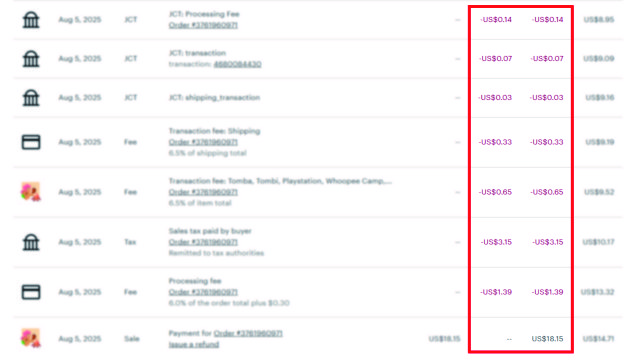
The main reason that I considered creating another store outside Etsy was the shipping. If you bought 5 different prints from my Etsy store, you’d get charged the 5 USD shipping fee 5 times.
It makes more sense to only charge the shipping once if you purchase multiple items from a single store. Or, have a “free shipping for purchases above X dollars”. Unfortunately, such features were not available (as far as I know).
On top of that, Etsy is a marketplace rather than a website builder – so you couldn’t customize the layout or style of your Etsy store as much.
And then, Shopify
The next service I considered using was Shopify. Unlike Etsy, Shopify is more of a website builder that comes with a checkout system. You don’t pay for listing items on your Shopify store, but rather for the service subscription itself – about 30 USD (I think) per month.
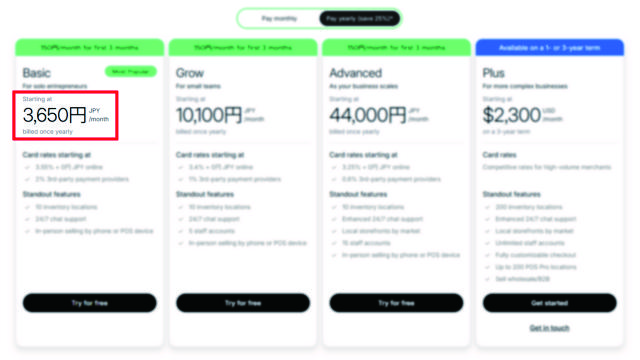
The monthly subscription model was too much for me. I didn’t want to pay a 30 USD subscription when I don’t even know if I can make that much money each month. Some people might say, “if your business grows, the 30 USD subscription won’t feel like much” – and I agree to that. But honestly, I’m still not confident about my art business yet. I really hope I will grow out of this in the next year…
And thus, Laksapedia
Anyway, since I know web development, I figured I could develop my own online store. I also needed the programming practice, since my current job hasn’t presented me any challenging opportunities in the past year. The idea was that I could save money, gain some experience, and add this online store project as an achievement in my job CV.
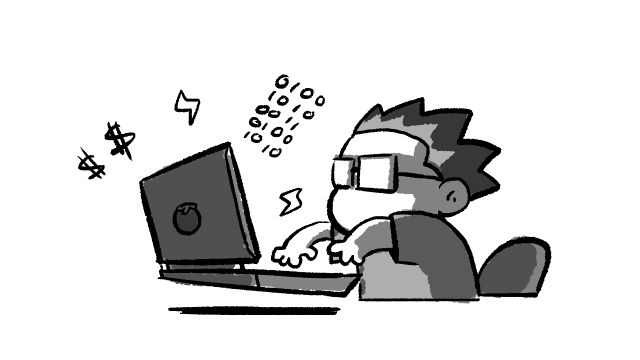
Sure, my store won’t have all the convenient tools like SEO optimizations or customer tracking or user-friendly dashboard like Etsy or Shopify does, but at least it only costs about 4 USD per month to host my own store on my own server. I have full control over my own server so I can do whatever I want to it.
The Bumpy Journey
I have to admit – it was not a practical idea to create my own online store from scratch. It was time consuming to write code and figure out stuff like databases, server hosting, REST APIs and writing HTML/CSS for the UI. I imagine it would take a longer time if I didn’t have programming experience.
But it was enjoyable. It’s over a decade since I wrote my own website from scratch for a real-life purpose. I’ve only ever contributed small chunks of code for enterprise web applications, which tend to already have a mature architecture written by someone else.
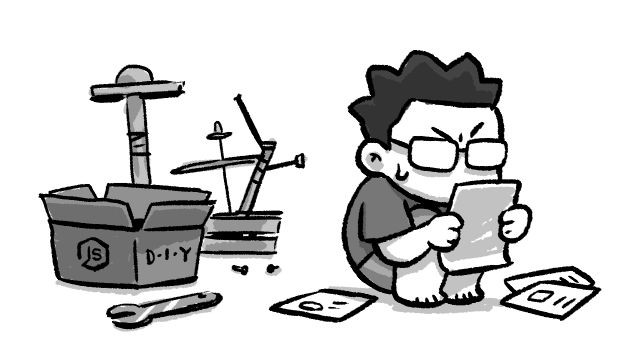
There were some hiccups along the way, like deciding how to implement a simple shopping cart system, or how to use the PayPal payment button API, but I managed to figure them out in the end.
I also had several moments of “scope creep”, where I start adding more features outside of what was planned because “it will be useful in the future”. I eventually managed to stop myself from going too far, and set a cut-off point for releasing my online store. I’m pretty proud of that too.
Closing
When I finished the bare-minimum version – or as some would call an MVP (Minimum Viable Product) – of my online store, and published it on my own web server… I felt a great sense of accomplishment. I know it’s a transient feeling, but the result is somewhat permanent. I will be using my own online store for as long as it makes sense to, so I don’t think it was (too much) wasted effort.
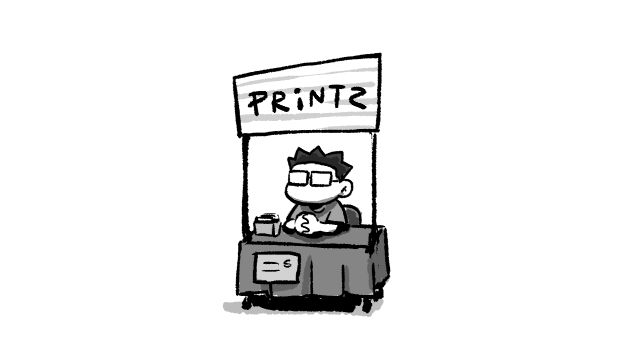
My online store is still missing a lot of features that mature services like Etsy or Shopify have, but I’m proud of what I created. I hope it’ll serve its purpose while I try to grow my art business. Even if it doesn’t, I’m actually pretty happy that I managed to finish a project as big as this.
Anyway, if you’re interested to buy some of my stuff, do head over to the Shop!

